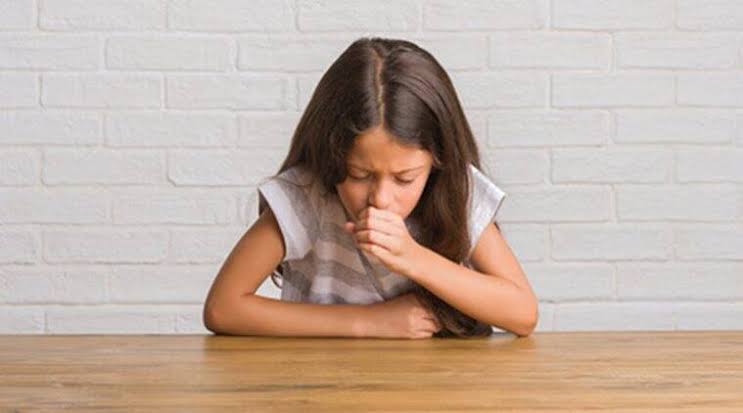Common Breathing Problems in Kids and How to Treat Them
KIDS HEALTHBREATHING PROBLEMSASTHMA ALLERGIESINFECTION
6/26/20232 min read


Whether playing sports, hanging out in the backyard, or lying in bed with a cold, many children go through uncomfortable bouts of breathing problems. Children might have intense coughing episodes that land them in the hospital and cost weeks of school, or hurt every time they take a deep breath.
Major breathing problems in kids: Here are tips and treatments for the most common breathing problems in children
1. Asthma
This chronic inflammatory disease causes the lining around a child’s respiratory system to swell when triggered and the muscles and airways to constrict (bronchospasm)—restricting airflow. Asthma can show up as wheezing, whistling, or noisy breathing; chest tightness; a constant or returning cough and breathlessness, especially when active.
It’s linked to environmental factors such as air pollution, smoke exposure, and chemical disinfectants, as well as hereditary risk. Pests, dust, and mold can also trigger attacks, health officials warn.
Treatment options include continuous inhaled or oral corticosteroids, often alongside bronchodilators that open tight airways. Lifestyle changes such as identifying and avoiding triggers can also be part of your child’s asthma action plan. The Centers for Disease Control and Prevention define asthma control as lessening symptoms and interruptions to your child’s life, with just one or no asthma attacks each year.
2. Allergies
Allergic rhinitis, either seasonal or year-round, is a reaction to an allergen that a child’s body thinks is dangerous and tries to fight off. Pollen from trees, grass, or weeds is often to blame, as well as dust mites, mold, cockroach waste, or animal dander.
The immune system releases histamine, which irritates the nose, eyes, throat, and sometimes lungs. This causes sneezing, a stuffy or runny nose, itching, and nosebleeds or wheezing. Your family physician might prescribe antihistamines, nasal sprays, decongestants or allergy shots for relief, or refer them to an allergist. Allergists recommend kids with a seasonal history start treatments two weeks before expected symptoms and always shower after playing outside to get rid of pollen.
3. Infections
Viral illnesses such as croup or respiratory syncytial virus spread through direct contact with an infected person’s body fluid and trigger swelling in small airways in the lungs. Croup’s tell-tale sign is a barking cough, but kids might also have stuffy or runny noses, fever or lose their voice.
Babies and young children between 3 months and 5 years old are most susceptible, and because their airways are so small, breathing can take much more effort than it does for sick adults. Some kids get repeat infections in the winter.
Inhaled medicines and steroids prescribed by their doctor can help, as well as at-home care with a humidifier, washcloth, or steam.
"We can improve a child's endurance and ability to breathe so they can exercise safely, improve lung function, and have better lung health in the long term,” He says.
